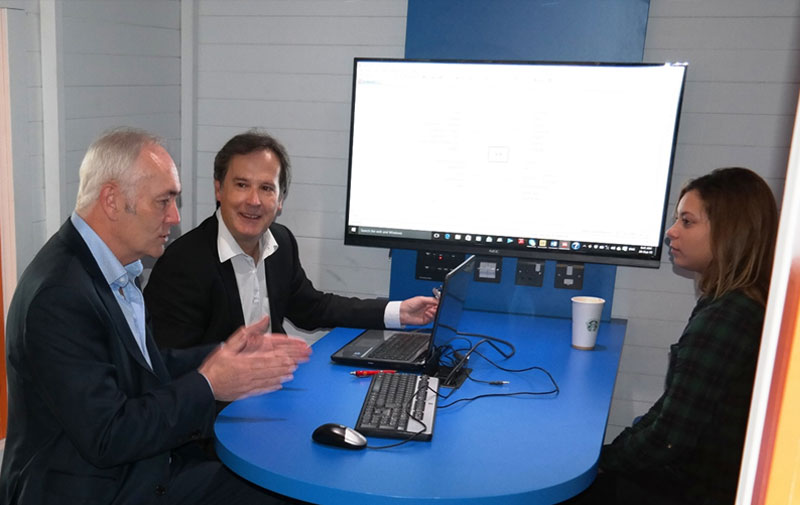There has been plenty written on the change in working practices towards more remote or home working, not specifically for digital industries, but spread over many businesses. Everyone has the need to reduce costs, so hot desking is one solution, allowing remote working is another, and then there is the need to collaborate with suppliers and subcontractors who may not even be in the same country as you.
This brings its own issues – how do you know your team are working effectively, or even at all and not slacking off? Should you care? Are you buying their time, no matter how effective they are in that time, or are you buying their skills, in which case, as long as the job is done on time, and no customer is disadvantaged, why should you mind? Does working remotely, at a place of their choosing, actually make them more productive anyway?
I’ve deliberately used the term team members. At some point in the day, your people (and you) use elements of team working. I tend to use the terms team or colleagues for preference, rather than employees or staff. Especially for growing businesses, there is a need to involve others in the basic decision making at least, as you won’t be able to grow the business if it all has to channel through you. You will run out of time and energy, and the business will flag or even slip back. So how do you manage a team when they aren’t even in the same building most of the time? And trust them to get on with what you need them to do, making remote decisions as they go?
We have this situation in that my colleagues often don’t work at the office, and I have discovered that we manage it (unknowingly) using a version of The Oscillation Principle, as described by Nancy Dixon in her Drucker Forum blog. She shows that remote working works best when working on technical issues, but that the strategic focus and trust model needed to get the best from remote working needs people to come together. So she describes regular meetings to gain trust and understanding, deal with the reflective and strategic, followed by working remotely on what the group had decided was needed when together.
Paul Zak, in his Drucker Forum blog, underlines this with some hints as to what proportion of together and away works for different sorts of teams. He has isolated a chemical in the brain, oxytocin, which as well as being the one which is generated when you see your loved ones, is also the one triggered when you see someone you trust. So to build trust, he argues, it is necessary to meet and get to know your fellows.
He also uses a very powerful idea – simply that all your people are volunteers. That doesn’t mean you don’t need to pay them; it’s simply that they have volunteered to work with you rather than someone else. Treating your people like volunteers rather than human machines to be organised and directed might just help you to understand them and yourself better, and get the best out of both.
Paul goes on to say that building a good culture and reinforcing the entity’s values are more difficult at a distance – proximity to one’s fellows is needed at least some of the time. Nancy gives entities a basic framework on how to achieve that. She insists it needs some structure, or nothing gets done, and trust will not be built.
Both blogs have powerful messages, and are well worth reading. As I moderate the Global Drucker Forum blog series, I get them early, which means so do you.
